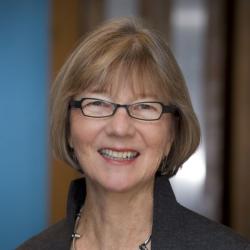Abstract
Education, the most easily measured form of human capital, is, like land and other forms of wealth, an asset. Once acquired it cannot be stolen or sold, and as its amount increases, the proportion of other assets in total wealth declines; if education is more equally distributed than other assets, the total concentration of all assets declines.
This paper sets out the evidence for a vicious circle in which history, geography and economic policies in Latin America have generated high income inequality; high income inequality has contributed to low and unequal accumulation of education; and low and unequal accumulation of this asset has reduced growth and exacerbated income inequality. Despite adequate public spending in much of Latin America, education levels are low, reflecting an everage of high levels of schooling for a small minority and very low levels for the large majority. Low education levels among the poor are the outcome on the supply side of public school systems that have simply not worked—meaning low returns to time spent in school for the poor; and of economic policies that have penalized labor, discoraging household investment in education, and have failed to compensate for the liquidity constraint that poor capital markets imply for the poor. There is a positive implication to the vicious circle: a policy to ensure that education does reach the poor would produce more and more equal education, at the same time speeding economic growth and reducing high income inequality.
The working papers represent drafts that have been internally reviewed but are not official publications of the Institution.



